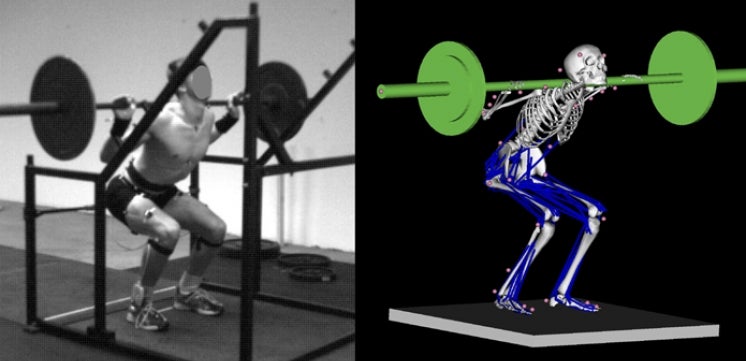Athletes and coaches are often looking for exercises that provide them with a competitive advantage in sports. And many robot designers are building humanoid robots that seek to replicate smooth and natural human motion. Through detailed modeling and analysis of human musculoskeletal biomechanics our goal is to provide useful exercise guidelines to the athletes and design guidelines to the roboticists.
This project focuses on the modeling and analysis of human motion during sprints starts and related exercises. Experiments were conducted with sprinters on a collegiate team. State-of-the-art motion capture, force measurement and muscle activity monitors (EMG sensors) were employed to collect accurate and comprehensive data. Currently we are developing novel models that identify the underlying biomechanical features in these movements.
By analyzing the data with biomechanical and dynamics principles, it will be possible to gain information that will be beneficial to the athletes and robot designers. Our goal is to identify training regimens and exercises that target key muscles for the athletes (and coaches) and identify how the human body is able to move smoothly and efficiently for the roboticists.





